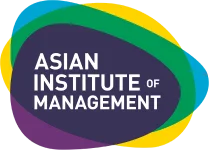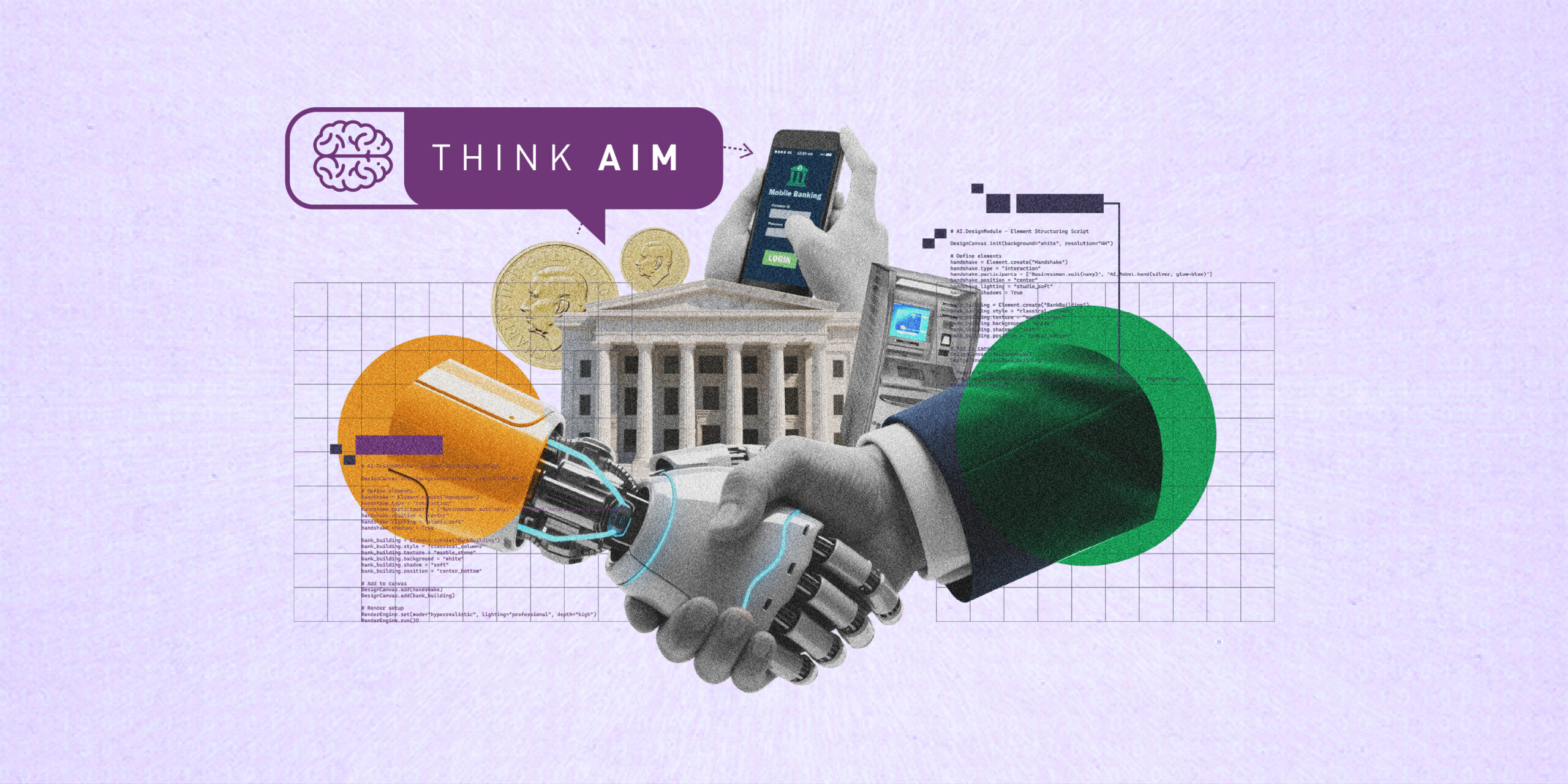From Bricks to Bots: Rethinking How Bank Leaders Work with Artificial Intelligence
By Masaki V. Mitsuhashi, MScIB, CIP, CIM
Setting the Context – Why Align AI and Business Strategy
The banking world is changing, and yet some aspects of banks remain constant—that a large chunk of the bank’s leadership performance depends on one’s ability to plan, strategize, and add value, especially since the business world is VUCA (Volatile, Uncertain, Complex, and Ambiguous).
Unfortunately, that also tells us that banks today have no excuse to not be prepared for what’s to happen in a few minutes, hours, days, months, or even years to come.
The hard truth? Banks today are different from the banks of yesteryears. From what was traditional (face-to-face banking, manual transactions, among others) to more modern ways of banking (digital banking, digital wallets, etc.). Unfortunately, this also means that our current business models in banking have an expiration date. If banks don’t disrupt themselves, someone else will.
Banks must be more strategic, especially now that we live in an era of business model disruption with a powerful catalyst—Artificial Intelligence.
AI in Banks
Artificial Intelligence (AI) began to mark its presence in banks within the past century when they began using it to simulate human intelligence to perform business functions like prediction, automation, and pattern recognition.
The landscape has never been the same.
Banks have shifted from physical to digital: from brick-and-mortar to mobile experiences. They also automated manual tasks such as check processing, loan approvals, and customer onboarding. Other digital-only banks and fintech disruptors also emerged. Open banking and API-driven ecosystems are now integrated into current business processes.
Evolutions through AI led to more efficient resource use, cost reduction, data-driven decisions, and, ultimately, enhanced customer experience. It also built a new behavior among its stakeholders—expectations for speed, personalization, and convenience.
Today, more innovations are being pursued by many banks, especially in high-impact areas for banking such as risk management and fraud detection, customer service and engagement, credit scoring and lending, compliance and regulatory reporting, and wealth management and advisory.
However, we have to remember that these kinds of changes don’t start on their own. They start with a leader who wishes to disrupt and make lives better for everyone.
Strategic Leadership Mindsets for AI Integration
Leadership is the art of motivating a group of people to act toward achieving a common goal. Leaders drive success for banks.
However, for banks to adapt to the fast-paced, changing, and modern world, it’s not enough that we have strong leadership—we also need AI-ready leadership.
But how do we prepare leaders to become more AI-ready and AI-prepared? We also need to evolve our mindsets. AI-leaders need to recognize that AI is not going to go away anytime soon and thus must maximize the possibilities of AI while being mindful of its limitations. Leaders need to be agile and have a hunger for learning through experimentation and fail-fast approaches, using AI as a tool to drive meaningful customer outcomes.
More importantly, AI-leaders need to be visionaries with a purpose that balances innovation and responsibility and be able to translate the goals into strategies through cross-functional teams with data scientists, business leaders, and technologists.
But above all, AI-leaders also need to balance idealism with realism and embrace the fact that the glory brought by Artificial Intelligence is also not without risks and challenges.
Anticipating Challenges in the AI-Powered Banking Future
AI, as of this date, is not perfect. However, as mentioned earlier, it’s not an excuse for an AI-powered leader to be complacent.
As AI further grows in banks, it will open up issues such as ethical and bias concerns, data privacy and security issues, regulatory compliance discussions, gaps in operational readiness, and even the lack of customer trust and acceptance.
The AI-powered leader must ensure fairness and transparency in all algorithms. They should also be able to navigate the ever-changing frameworks for AI use in finance, as well as address legacy systems that continue to exist within organizations. With AI automating work done by people, AI-powered leaders need to consider strategies and plans that address the talent gaps.
Advancements in technologies will also trigger advancements in crimes and threats, forcing AI-powered leaders to also become guardians of data. By being better prepared, stakeholders will have better confidence in AI-driven decisions, leading to stakeholder trust and acceptance.
AI as a Partner in Human-Centered Banking
We have to remember that AI is a tool and not the total solution.
AI can handle repetitive tasks, which can enhance current work efficiency. However, AI cannot empathize or build relationships with humans as of date and thus cannot replace human roles in the near future.
AI can make banking more accessible through micro-lending, fraud prevention, and low-cost services for underserved populations. Undeniably, AI has a social good for today’s modern world.
At the end of the day, AI is a partner for business. It can augment decision-making, provide insights, and help AI-powered leaders make value-based choices. Ultimately, the final choice rests with the leader—not AI.
AI can generate algorithms that may help anticipate the future. However, the true differentiator for banks will always be human leadership—through AI-powered leaders who ask the right questions, uphold the organizations and society’s values, and use Artificial Intelligence not just to make more competitive banks—but to reimagine its purpose.
AI disruption is not just a technological revolution—it’s a defining leadership moment.
If you’re eager to dive deeper into how technology is transforming the financial industry, consider exploring our tech and management executive education programs at the Asian Institute of Management. Click here to learn more.
About the author:
Mr. Masaki Mitsuhashi, MScIB, CIP, CIM is an award-winning innovator and educator with expertise in marketing, innovation strategy, business development, and sustainability. His diverse consulting work with the United Nations, RTI International, and the Ramon Magsaysay Award Foundation demonstrates his commitment to stakeholder-centered innovation.
He holds Global Innovation Management Institute certifications, including Certified Innovation Professional, Certified Innovation Manager, and Certified Innovation Master. He holds a Master of Science in Innovation and Business (High Distinction) from the Asian Institute of Management and a Bachelor of Science in Biology from the University of the Philippines.


